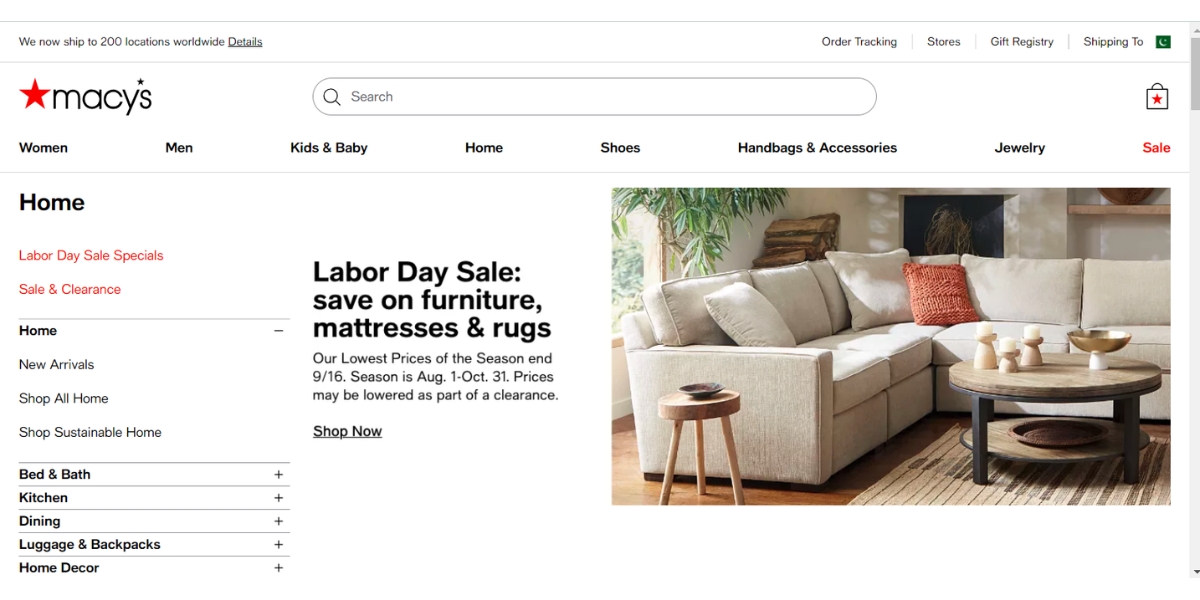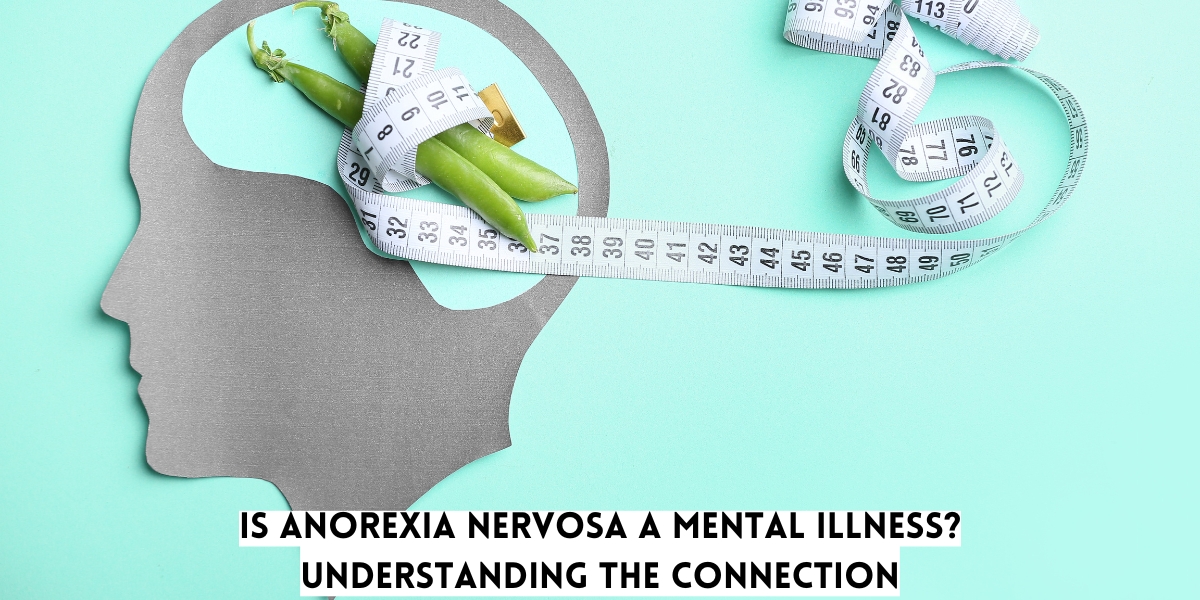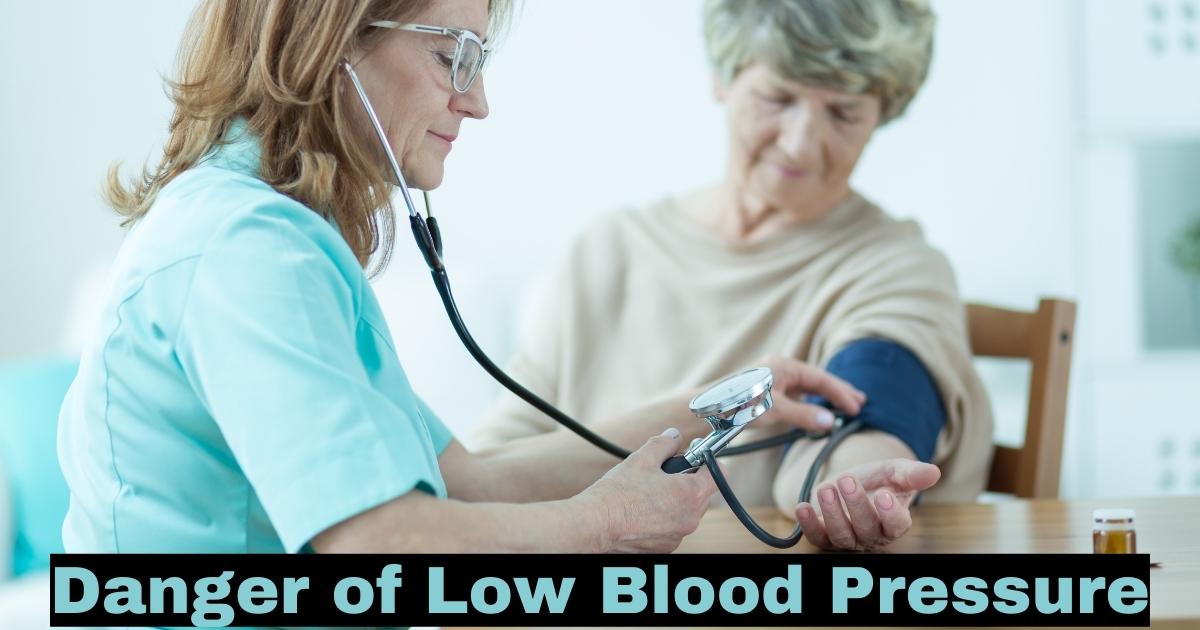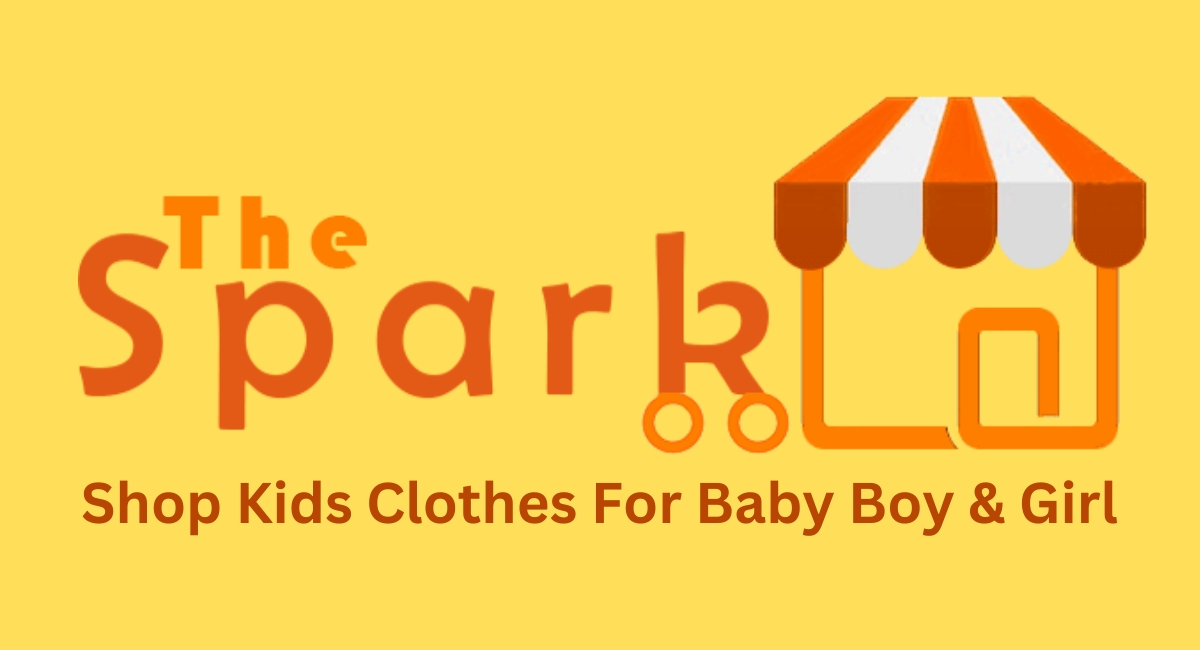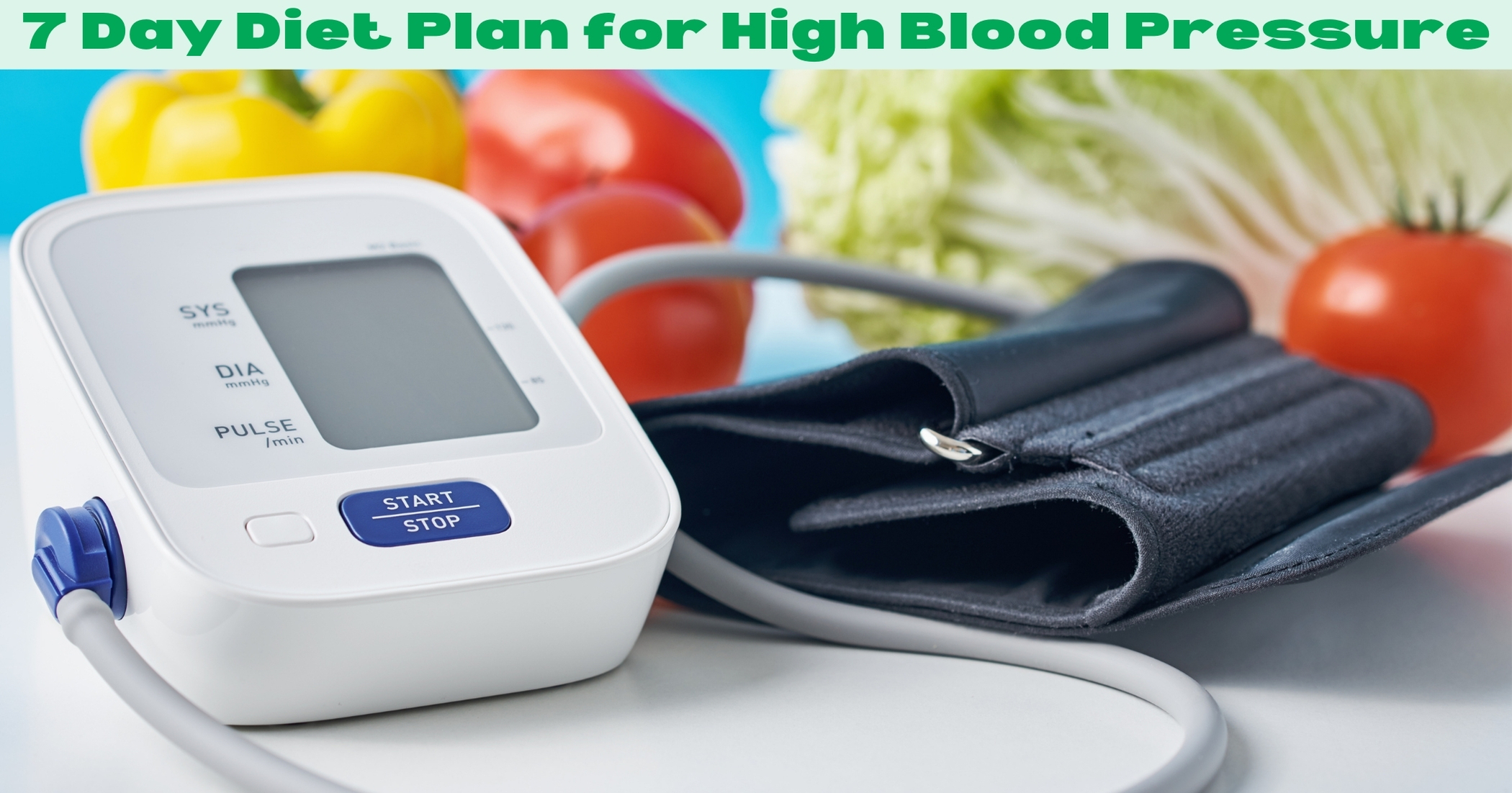Greetings, friends! Today, we’re going to talk about something that affects many people but that not many people know about: How Do You Know If You Have Anemia? Let’s figure out this illness together, including its signs, causes, risk factors, and cures, while keeping it relevant to our lives in the United States.
Table of Contents
ToggleAnemia: A Brief Overview
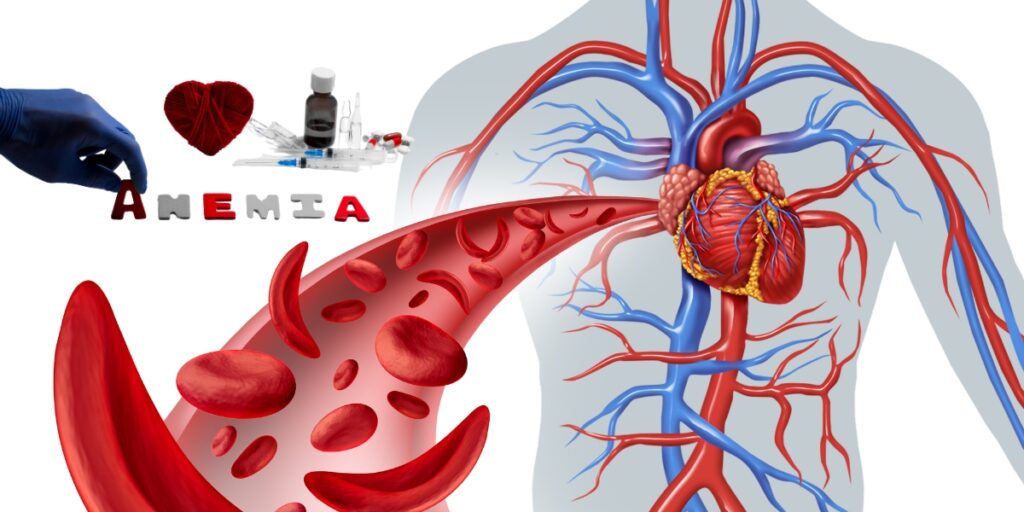
Anemia occurs when the body lacks enough healthy red blood cells, also called hemoglobin, to supply enough oxygen to the tissues. You might feel tired and weak after this, but there’s much more to learn.
Red blood cells and hemoglobin
Hemoglobin is the protein in red blood cells that carries oxygen from the lungs to the rest of the body. Red blood cells also carry oxygen around the body and get rid of carbon dioxide. It’s hard for your body to get the air it needs when either of these is low.
How Common It Is and What It Does to Your Health
About 3 million Americans get anemia every year. It may be mild to serious and can have a big effect on one’s health and daily life.
Signs of having anemia
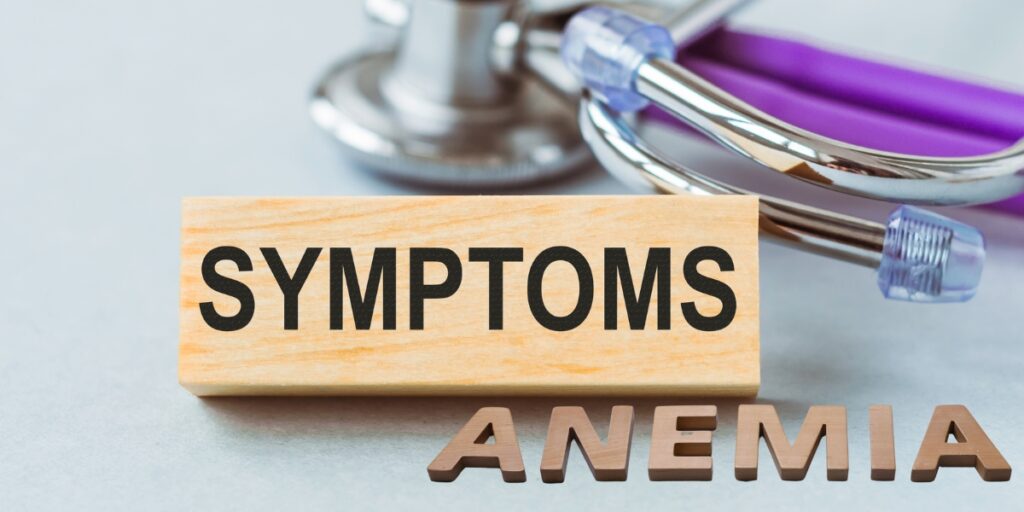
So, How Do You Know If You Have Anemia? Sometimes, the signs are mild at first and get worse over time. Let us break them down:
Most common signs
Being tired and weak is one of the first and most common signs of anemia. If you feel very tired and lack the energy to do normal things, it might be time to check your blood levels.
If you have shortness of breath, it means your body isn’t getting enough air. You might feel tired even after doing simple things.
Light or Yellow Skin: If you have anemia, your skin may lose its healthy color and appear light or yellow.
Feeling dizzy or faint: You might pass out if you stand up quickly or move around.
Cold Feet and Hands: If your circulation is bad, your limbs may feel cold.
Another sign to look out for is headaches that don’t go away alone.
Heart palpitations: Your beating may come and go or be fast.
Hair and Nails That Are More Likely to Break: Your hair and nails may become more likely to break.
Restless Legs Syndrome is when you feel like moving your legs all the time, especially at night.
People who don’t get enough iron often desire things other than food, such as ice, dirt, or clay.
Less common symptoms:
Pain in the chest can occur if the heart has to work harder to pump oxygen-rich blood throughout the body.
Loss of hunger: Anemia can make people lose their hunger, especially kids.
Being dizzy when you stand up quickly can make you feel faint.
Loss of Libido: Anemia can sometimes cause a loss of sexual drive.
Causes of Anemia
Several things can cause anemia. Here are some of the most popular reasons:
Lack of iron is the most common reason people get anemia. It usually happens when you lose a lot of blood (like when you have heavy periods), don’t get enough iron in your food, or can’t absorb iron properly. Iron deficiency is a significant reason in the United States because of what people eat and some medical conditions.
Deficiency in Vitamins B12 and Folate: These vitamins are required to make red blood cells. Anemia can happen if you don’t get enough folate or vitamin B12. It happens frequently to people who can’t eat certain foods or who have trouble absorbing nutrients.
Chronic Diseases: Cancer, heart disease, diabetes, and inflammatory diseases are just a few conditions that can make it hard to produce red blood cells.
Genetic Disorders: Sickle cell anemia and thalassemia are genetic conditions that change how red blood cells are made and how long they live. In the United States, some racial and ethnic groups are more likely to have these diseases.
Diseases of the Bone Marrow: Leukemia and lymphoma are two diseases that can make it hard for the bone marrow to produce red blood cells.
Anemia can develop in people with a disease that causes their immune systems to attack their red blood cells.
Risk Factors for Anemia
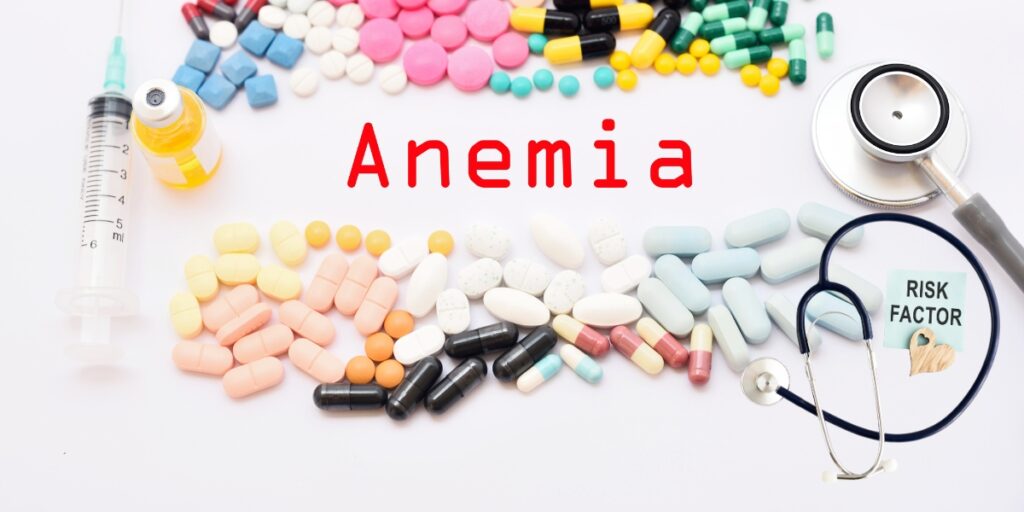
Some things can make you more aware of How You Know If You Have Anemia. Here are some essential things to think about:
Age and gender: Young children, women who can have children, and older people are more likely to get it. In the United States, women are more likely to get anemia because of pregnancy and monthly blood loss.
Diet: If you don’t get enough iron, vitamin B12, and folate on a vegetarian or vegan diet, you may be more likely to get anemia.
Types of Anemia
There are different kinds of anemia. Here is a quick list of the types you might come across:
Aplastic Anemia: The bone marrow stops making enough new blood cells in people with aplastic anemia, a rare but dangerous disease.
Iron Deficiency Anemia: Most people get this type of anemia when they don’t get enough iron.
Vitamin Deficiency Anemia: Anemia occurs when one doesn’t get enough of certain vitamins, like folate and B12.
Hemolytic anemia is when the body breaks down red blood cells faster than it can make new ones.
Sickle Cell Anemia is a genetic trait that makes red blood cells break down and change shape.
Another genetic disease that affects the production of hemoglobin is thalassemia.
How to Diagnose Anemia
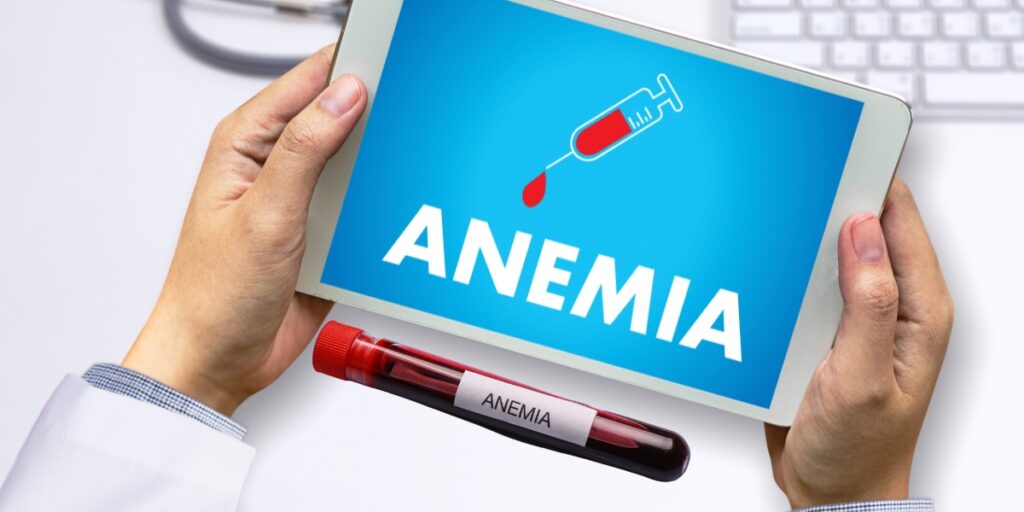
If you have anemia, you should see a doctor immediately for a correct diagnosis. What to look forward to:
Blood Tests (Complete Blood Count, Hemoglobin Levels)
A complete blood count (CBC) checks many parts of your blood, such as the number of red blood cells and hemoglobin levels.
Extra Diagnostic Tests (Iron Levels, Vitamin B12 Levels, Folate Levels)
Tests help find the exact deficiencies that are causing your anemia.
Finding the Root Causes
Your doctor may perform more tests to find the cause of your anemia, such as looking for long-term diseases or problems with your bone marrow.
Medical Conditions
Long-term illnesses and problems of the intestines, such as celiac disease or Crohn’s disease, can make it harder to absorb nutrients and raise the risk of anemia.
Lifestyle Factors
Giving blood often, drinking alcohol, and taking some medicines can all make anemia worse.
Different Ways to Treat Anemia
How you treat anemia depends on what kind it is and what causes it. These are some common ways to do things:
Altering your diet and taking iron tablets can help if you have iron deficiency anemia. You can get more iron from red meat, beans, and spinach. Folic acid and vitamin B12 supplements can also help with deficits.
Medications: People with anemia caused by long-term illnesses or problems with the bone marrow may be given medicines that help make more red blood cells or treat the main issue.
Donations: Blood donations can quickly raise the number of red blood cells in severe cases.
Treatments for underlying conditions: It is essential to treat the underlying cause of anemia, such as chronic diseases or infections.
Bone Marrow Transplants: A bone marrow transplant may be needed in some situations, especially for people with aplastic anemia.
Managing and Preventing Anemia
Several changes to your diet and way of life are needed to treat and avoid anemia:
Why a Balanced Diet Is Important
Eating a diet full of iron, vitamins B12, C, and folate is very important. Add nuts, seeds, leafy veggies, lean meats, and eggs to your meals.
Regular Check-Ups:
Seeing your doctor regularly can help you catch anemia early and manage it well.
Monitoring and taking care of chronic conditions
If you keep chronic diseases under control, they won’t be able to cause anemia.
Lifestyle Adjustments
Lifestyle changes, like not drinking too much alcohol, not smoking, and learning how to deal with stress, can improve your health and lower your chance of anemia.
conclusion

To sum up, your health needs to know How You Know If You Have Anemia. Anemia is prevalent but can be controlled and cured if you know what to do. Remember that if you have any signs or are at risk, you should see a doctor immediately for the proper tests and treatment.




